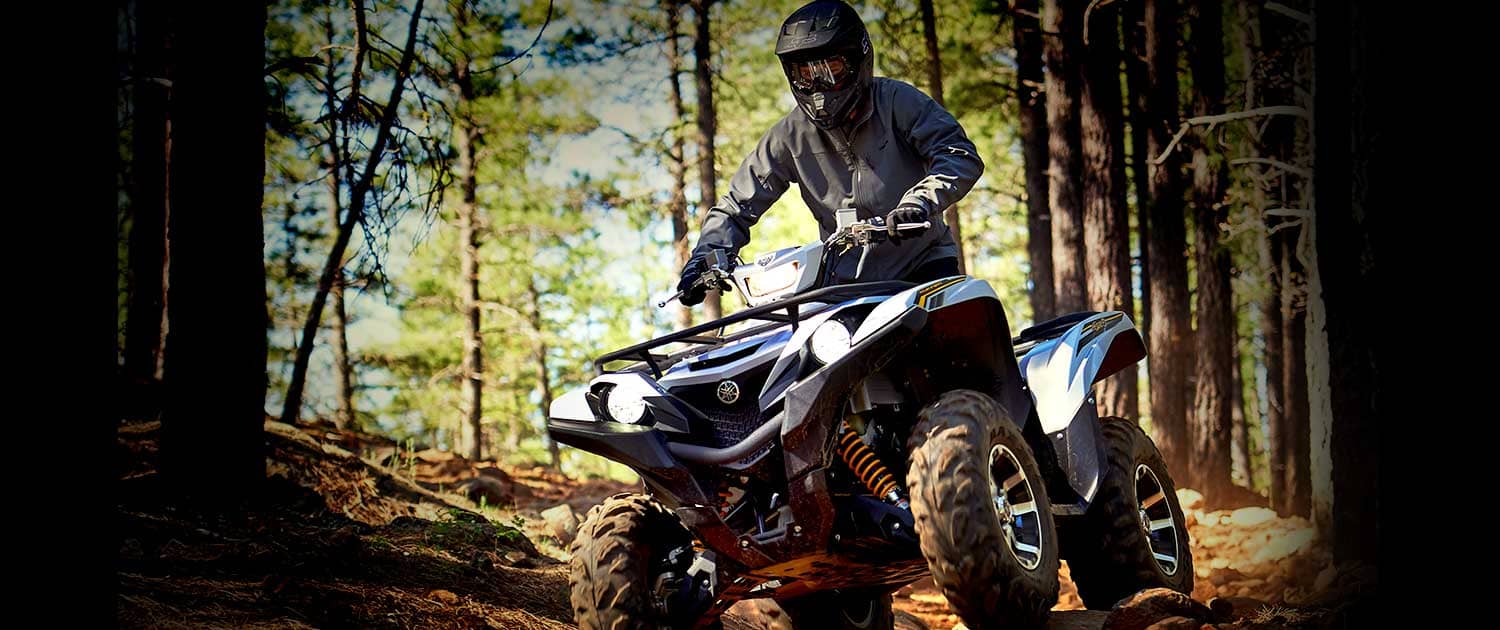
05 May Ride On Research
This research was conducted by Responsive Management and conducted as part of a partnership between Tread Lightly!, the U.S. Forest Service, Bureau of Land Management and the State of Utah’s Division of State Parks and Recreation, Division of Wildlife Resources, and School and Institutional Trust Lands Administration
Research Highlights:
Promoting Sustainable Motorized Vehicle Use on Utah’s Public Lands Understanding which Educational Messages Motivate Behavior Changes
Fostering responsible and acceptable behaviors is vital to protecting access and opportunities to enjoy outdoor recreation while also conserving our nation’s natural resources. Instilling lasting behavior changes requires understanding which aspects of ethics education and messaging resonate with any given audience.
Thanks to a partnership Tread Lightly! has with Federal and State agencies responsible for managing natural resources within the state of Utah, a site-specific learning laboratory was established in this state that offers world-class recreation opportunities.
Dubbed RIDE ON Utah, this partnership is a unique
collaboration among public agencies committed to
communicating consistent messaging across boundaries to
promote ethical and legal use of motorized vehicles on public lands. An important component to this new partnership is research to evaluate the efficacy of the messages Tread Lightly!, Respected Access is Open Access and especially RIDE ON Designated Routes1.
Prior to implementing a multi-dimensional education and communications plan, it was necessary to establish baseline data on Off Highway Vehicle (OHV) owners’ behaviors, their environmental opinions, and their attitudes toward land management in Utah. So Tread Lightly! and its partners contracted with Responsive Management, an internationally recognized public opinion and attitude survey research firm specializing in natural resource and outdoor recreation issues.
The following information are highlights of the conclusions drawn from the survey determining OHV owners’ opinions and attitudes of OHV use, stewardship of the environment and management of public lands.
Most (53%) OHV owners say they drive their OHV as its own activity about equally as they use their OHV as part of another activity. Below are the other activiites these OHVers engage in:
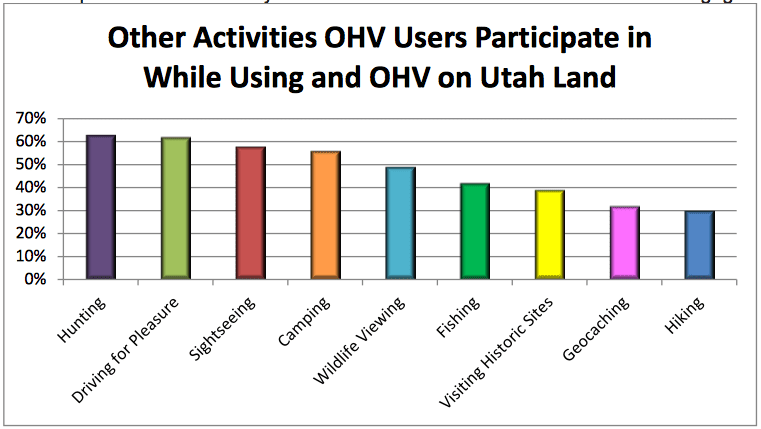
1 Tread Lightly! created the message RIDE ON Designated Routes at the request of the U.S. Forest Service to assist any agency in communicating the importance of riding or driving motorized vehicles only on routes or in areas designated as open to motor vehicles, also referred to as off-highway vehicles (OHVs). The goal for designating route systems open to OHVs is to minimize environmental impacts and social conflicts associated with the use of motorized vehicles on public lands. This new management style prohibits OHVs from traveling off roads or trails open to OHVs except, in some instances, to retrieve big game while hunting.
When asked to name the most important natural resource or environmental issues related to OHV driving, most responses fall into two categories: potential impacts of OHVs on the environment (negative impacts of OHVs on the environment in general, poor behavior of OHV drivers, and creation of unauthorized trails) and constraints to OHV participation.
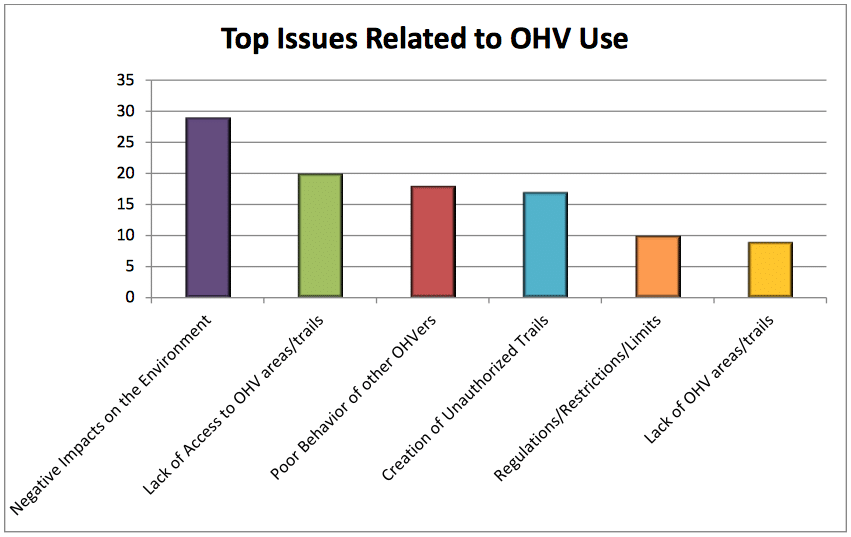
In line with their generally strong environmental feelings, many OHV users feel personally responsible for reducing and/or monitoring the impacts of OHV use on public land: in a question asking respondents to name which entity they think is most responsible for monitoring and reducing impacts of OHV use on public land, the top response is OHV drivers/riders themselves (45%). Otherwise, the federal government (20%) and the state government (15%) are the most common answers.
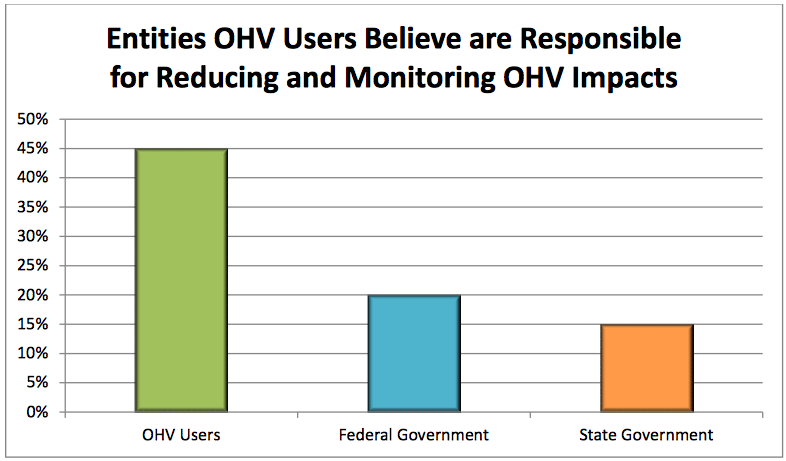
At the same time, 75% of OHV owners agree that it is the responsibility of the agency that manages the land to monitor and reduce the impacts of OHV use on public land. Finally, just under half of OHV drivers in the survey (43%) were aware of the Motorized Travel Management Planning Process, and only 10% had participated in the process at some point.
The survey found that 83% of OHV users wear eye protection always or frequently, compared to 63% for boots and only 58% for helmets. Most OHV users (88%) said they were aware of the law that requires children ages 8 to 15 to take the Utah OHV education course before operating an OHV on public land. Among respondents with children, just 38% have children who have completed the Utah Know Before You Go! certification course.
There may be opportunities to encourage more OHV users to take safety courses, particularly with friends or family members: only about 2 out of every 5 OHV drivers in the survey (40%) had taken an OHV education course. Further, just 8% of OHV drivers had completed the Utah Know Before You Go! certification course.
Less than a third of OHV drivers (30%) are likely to take an OHV education course in the next 2 years; asked whether anything would encourage them to take a course in the next 2 years, the majority of those who had not yet done so said that nothing would encourage them. However, the fact that monetary incentives ranked fairly high as potential encouragement suggests that registration discounts may improve course completion.
Two-thirds of OHV drivers have seen or heard messages or campaigns about responsible OHV use; the top media include television (by far the top source), magazines, on-site at parks or recreation areas, the Internet, pamphlets or brochures, and radio. 14% of OHV owners in Utah have seen/heard of Tread Lightly!.
Among non-social constraints, the top constraints to OHV driving satisfaction include a lack of access to areas/trails (16%), lack of OHV areas or trails (11%), regulations/restrictions (11%), and poor behavior of other OHV drivers (5%). Additionally, 52% of OHV drivers who typically use private land say that access has become more difficult, and 50% of OHV drivers who typically use public land say that access over the past 5 years has become more difficult. Finally, more than half of public land OHV users (57%) indicated that some lands have been closed to OHV driving in the past 2 years; over a third of these individuals (36%) are unsure of the reason for such closure.
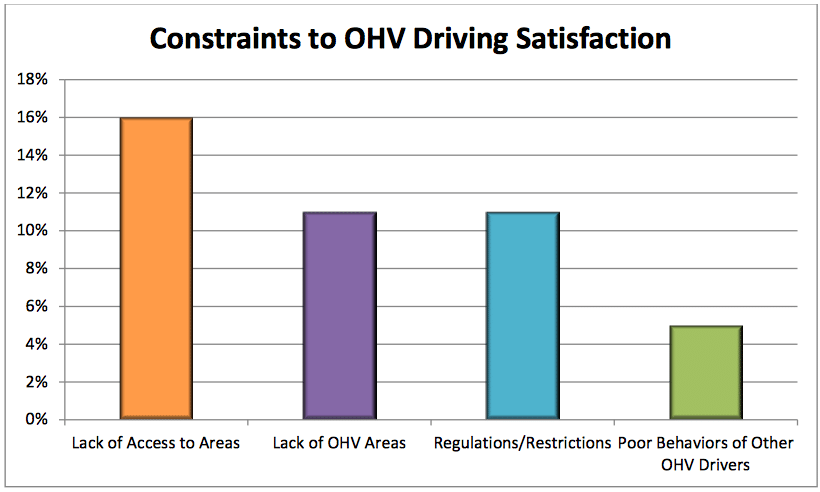
The top counties for OHV driving in Utah include three that are contiguous to Salt Lake County (Utah County, Summit County, and Wasatch County), as well as Cache and Sanpete—each with 15% or more of OHV drivers statewide.
Finally, public land is overwhelmingly used for OHV driving: 48% mostly use public lands, and another 50% use public lands and private lands about equally. Only 2% mostly use private lands.
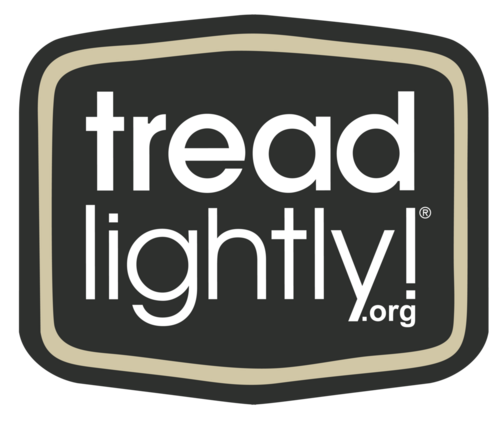


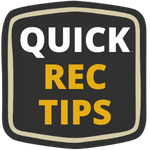
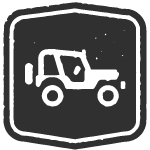
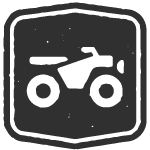
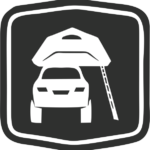
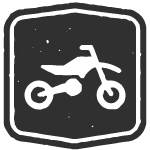






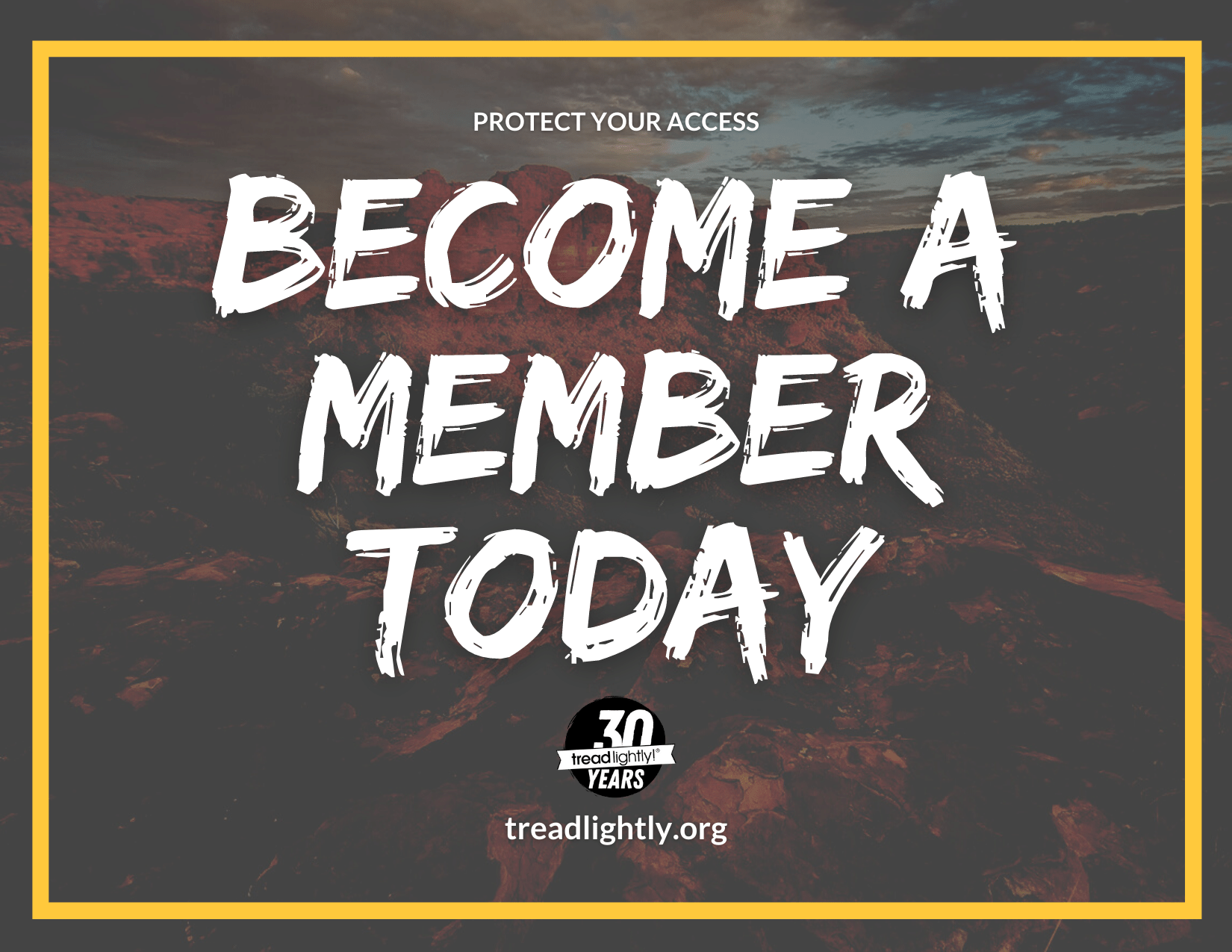
Sorry, the comment form is closed at this time.